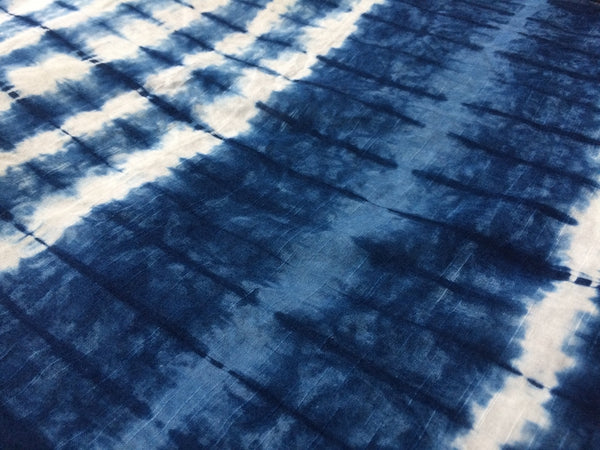custom dye with indigo powder
Custom Dyeing with Indigo Powder
Indigo dyeing has captivated artisans and enthusiasts for centuries, celebrated for its rich hues and versatility. In recent years, custom dyeing with indigo powder has gained traction in the realm of textiles and fashion, allowing for unique, personalized creations. This ancient technique, rooted in tradition yet infused with modern creativity, enables individuals to express their artistic visions while connecting with centuries-old practices.
Custom Dyeing with Indigo Powder
Creating custom dyed textiles with indigo powder involves several steps, beginning with the preparation of the dye. First, the indigo powder is mixed with a reducing agent, typically sodium hydrosulfite, to convert it into a soluble form. This mixture is then added to a vat of water, creating a dye bath that can be used for immersion dyeing or tie-dye techniques. The beauty of this process lies in the ability to manipulate the results; varying the duration of fabric exposure, the number of dips, and the folding or tying patterns can yield vastly different outcomes.
custom dye with indigo powder

One popular method of applying indigo dye is shibori, a traditional Japanese technique that involves folding, twisting, and binding fabric before dyeing. Each technique creates distinct patterns, adding a level of intricacy and individuality to the fabric. From simple geometric shapes to intricate designs, the possibilities are endless, making shibori a favorite among those looking to make a statement with their textiles. The appeal of custom dyeing with indigo powder is further enhanced by the emotional connection each piece carries; no two dyed items are ever the same.
Durability is another essential aspect of indigo dyeing. Unlike synthetic dyes that may fade or wash out over time, indigo has a unique characteristic of developing a patina as it ages. This natural fading can add character and depth to the cloth, causing it to evolve in beauty and richness. Thus, garments dyed with indigo powder often become cherished heirlooms, telling a story of their journey over the years.
In today’s fashion landscape, the movement towards sustainable practices has heightened interest in natural dyes like indigo. Consumers are increasingly seeking out brands that prioritize eco-friendly materials, and custom dyeing with indigo powder embodies this philosophy. It celebrates individuality and craftsmanship, challenging the fast fashion model and promoting slower, more mindful consumption.
In conclusion, custom dyeing with indigo powder is not just a technique—it is an art form that merges tradition with modernity. It offers textile enthusiasts and artists a means of self-expression while contributing to sustainable practices within the industry. Whether through beautiful garments or stunning home textiles, the rich, soulful hues of indigo continue to inspire creativity and foster a deeper appreciation for the art of dyeing.
-
The Timeless Art of Denim Indigo Dye
NewsJul.01,2025
-
The Rise of Sulfur Dyed Denim
NewsJul.01,2025
-
The Rich Revival of the Best Indigo Dye
NewsJul.01,2025
-
The Enduring Strength of Sulphur Black
NewsJul.01,2025
-
The Ancient Art of Chinese Indigo Dye
NewsJul.01,2025
-
Industry Power of Indigo
NewsJul.01,2025
-
Black Sulfur is Leading the Next Wave
NewsJul.01,2025

Sulphur Black
1.Name: sulphur black; Sulfur Black; Sulphur Black 1;
2.Structure formula:
3.Molecule formula: C6H4N2O5
4.CAS No.: 1326-82-5
5.HS code: 32041911
6.Product specification:Appearance:black phosphorus flakes; black liquid

Bromo Indigo; Vat Bromo-Indigo; C.I.Vat Blue 5
1.Name: Bromo indigo; Vat bromo-indigo; C.I.Vat blue 5;
2.Structure formula:
3.Molecule formula: C16H6Br4N2O2
4.CAS No.: 2475-31-2
5.HS code: 3204151000 6.Major usage and instruction: Be mainly used to dye cotton fabrics.

Indigo Blue Vat Blue
1.Name: indigo blue,vat blue 1,
2.Structure formula:
3.Molecule formula: C16H10N2O2
4.. CAS No.: 482-89-3
5.Molecule weight: 262.62
6.HS code: 3204151000
7.Major usage and instruction: Be mainly used to dye cotton fabrics.

